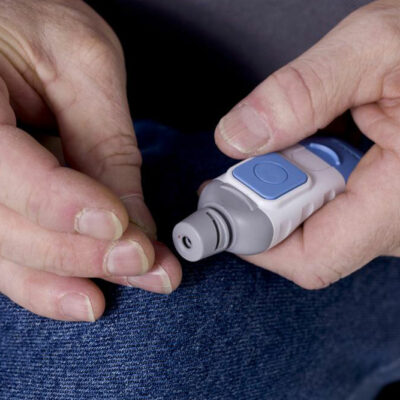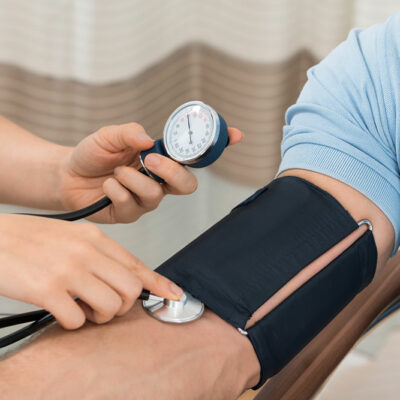
Diagnosis & Prevention
Everything to Know about Deep Vein Thrombosis
Most of us are unaware of the disease named deep vein thrombosis as it hardly has any symptoms. To begin with, this disease leads to the formation of blood clots in our veins. This blood clot can be found in any part of the human body but is especially found in the thigh area. This disease is closely related to some other types of health problems which include post-phlebitis syndrome, thromboembolism, and post-thrombotic syndrome. There can be several causes of this disease. However, the symptoms of deep vein thrombosis can differ with the intensity and cause of the disease. Here are certain causes of deep vein thrombosis. Paralysis: Blood clots begin to form when our legs remain in a constant position for a longer period of time. If a person is a paralytic then he/she can easily fall prey to this disease. Pregnancy : During pregnancy, the pressure felt upon the veins of the legs or pelvis increases and this might result in a blood clot. In fact, a blood clot might remain for at least six weeks after delivery. Obesity: If you are overweight then the chances of a blood clot in your legs or pelvis might increase. Family history:
Read More 










